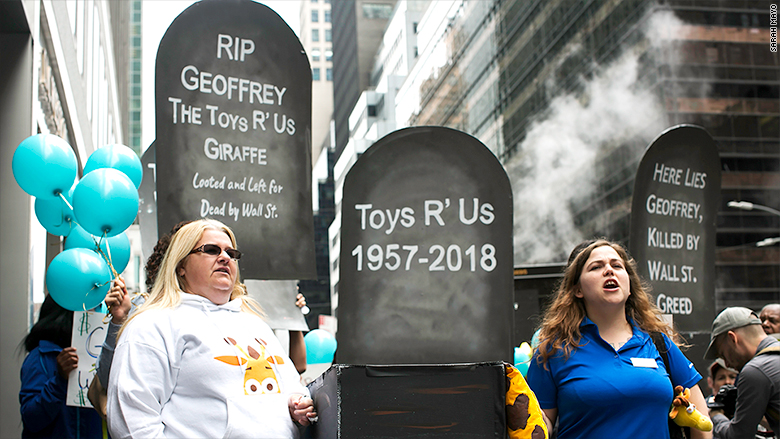
Having used spurious claims of fraud to justify an assault on scores of federal grants, Donald Trump and Elon Musk are now taking the same approach in targeting entitlements.
In his recent address to Congress, Trump recited a long list of bogus statistics about large numbers of supercentenarians supposedly receiving Social Security benefits. Musk has taken to describing that program as a Ponzi scheme.
Attacks on the legitimacy of Social Security from the Right date back decades, but for a long time they were limited to fringe groups such as the John Birch Society. Public support for the program was strong, even among those who had misgivings about other parts of the social safety net. Social Security was accurately seen as a benefit people had earned through a lifetime of hard work. It made no difference that the system was set up so that payments to current retirees are supported by taxes paid by those still in the labor force.
Starting in the 1990s, a new form of criticism emerged based on the argument that the system was unsustainable, given demographic changes affecting the ratio of workers to retirees. Conservatives began to claim that the program would eventually collapse, even though Congress had the power to adjust taxes and benefits to shore up the system.
Thus emerged the effort to transform Social Security from a social insurance program into something more akin to a private pension plan. In the 2000 presidential race, George W. Bush advocated partial privatization in the form of individual retirement accounts that could be invested in stocks and bonds.
Pounding away at the idea that Social Security was headed toward bankruptcy, Bush ramped up the effort after he was reelected in 2004. The public resoundingly rejected privatization, and Republicans paid a significant price in the 2006 mid-term elections.
Although Bush made many mistakes in his attempt to reshape Social Security, he never questioned the legitimacy of the system. In his 2005 State of Union address, which was largely devoted to the issue, Bush described Social Security as “one of America’s most important institutions, a symbol of the trust between generations” and “a great moral success of the 20th Century.” He emphasized that the current system was “sound and fiscally strong,” raising concerns only about its future condition.
Compare this to the slanderous comments of Trump and Musk, who are attempting to depict Social Security as being in complete disarray now. Especially preposterous is their claim that the Social Security Administration is rife with fraud and waste.
Although it is burdened with much aging technology, the SSA is well run. Administrative costs are only one half of one percent. A report published last year by the agency’s inspector general pointed out that less than 1 percent of its payments were improper. And much of that limited amount resulted from the failure of recipients of disability and Supplemental Security Income benefits to report changes in their eligibility status.
Moreover, the report discussed the ways in which SSA seeks to recover improper payments. It pointed out that systems modernization would help greatly in the process.
Instead of addressing the technology problem, Musk and his DOGE crew are moving to eliminate thousands of SSA jobs. This will only increase the level of improper payments and hinder recovery efforts.
It seems likely Trump and Musk are seeking to cripple both the SSA and Social Security itself to set the stage for their own privatization initiative. Chances are this will end as badly as Bush’s effort. The question is how much damage will be done in the process.


 The rich own a large and growing share of the wealth in the U.S. economy, but more than $20 trillion in assets is held by financial entities that represent a much broader portion of the population: pension funds. According to a
The rich own a large and growing share of the wealth in the U.S. economy, but more than $20 trillion in assets is held by financial entities that represent a much broader portion of the population: pension funds. According to a  For a speech that was supposed to focus on the plight of low-wage workers, President Obama’s State of the Union contained a surprising number of favorable references to specific large corporations. I counted seven plugs — for Apple, Costco, Ford, Google, Microsoft, Sprint and Verizon. The Ford mention, which alluded to “the best-selling truck in America,” sounded like a high-level product placement.
For a speech that was supposed to focus on the plight of low-wage workers, President Obama’s State of the Union contained a surprising number of favorable references to specific large corporations. I counted seven plugs — for Apple, Costco, Ford, Google, Microsoft, Sprint and Verizon. The Ford mention, which alluded to “the best-selling truck in America,” sounded like a high-level product placement. There was once a time when a bankruptcy filing by a company was a mark of shame. That stigma has fallen by the wayside, and firms now employ Chapter 11 not to protect themselves against creditors but for strategic purposes.
There was once a time when a bankruptcy filing by a company was a mark of shame. That stigma has fallen by the wayside, and firms now employ Chapter 11 not to protect themselves against creditors but for strategic purposes.